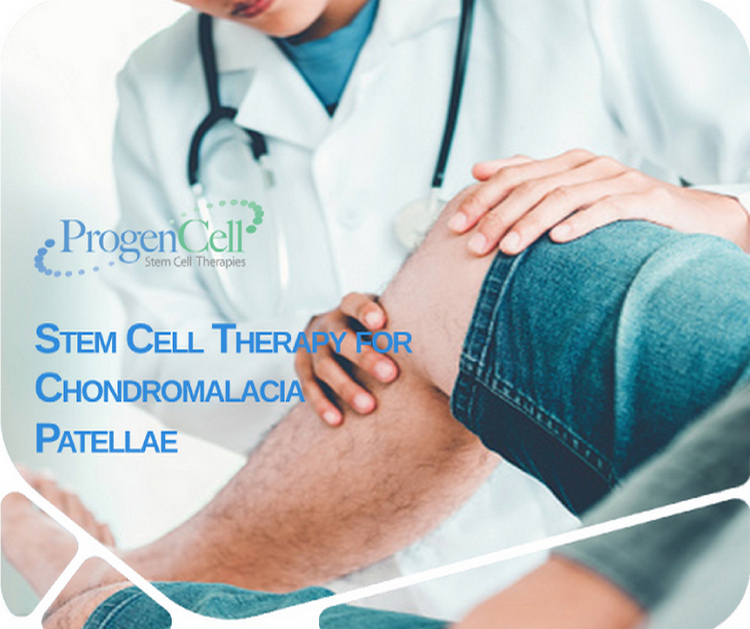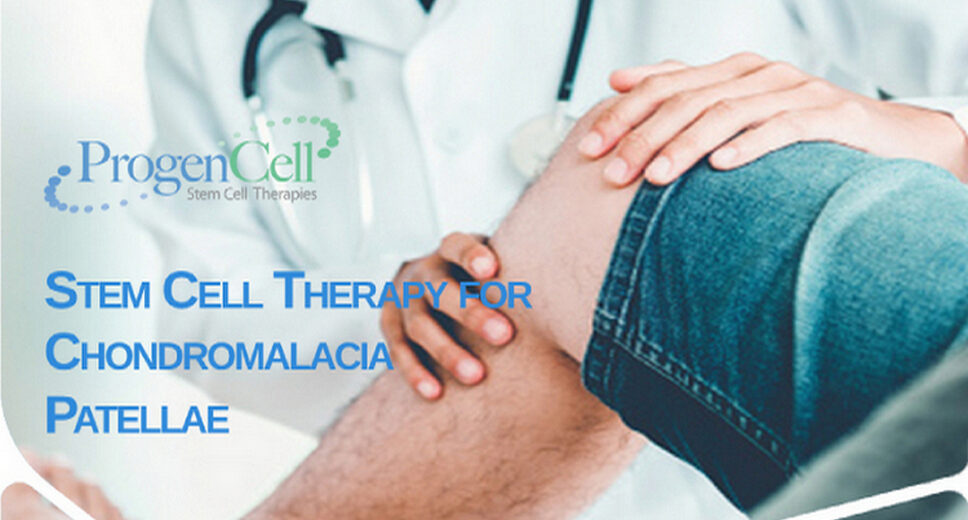
More commonly known as “runner’s knee,” chondromalacia patellae occurs when the cartilage—the white connective tissue between joints in the knees—wears down. This degenerative disease causes the joints to rub against each other without the soft cushion of cartilage between them to ease the friction. This results in bone-on-bone pain which only gets worse as the cartilage continues to deteriorate. Runner’s knee can affect a person of any age, but, as its nickname implies, it usually occurs after continued weight has been placed on the knee over a long period of time. It is usually diagnosed through Magnetic Resonance Imaging (MRI) or X-rays.
How Can Stem Cell Therapy Help?
Table of Contents
Once cartilage is gone, it’s gone; it does not grow naturally on its own because nutrients cannot get into the knee sac. While there are various surgeries and treatments to help with the symptoms, a newer way to deal with deteriorating cartilage is to regenerate by adding cellular material with nutrients. And that’s exactly what stem cell therapy does: It uses a sample of the patient’s own mesenchymal stem cells (MSCs), which are newly-created cells that are continually being produced by the human body, to stimulate new cartilage growth.
Stem Cell Therapy is the process of extracting (or “harvesting”) MSCs combining them with nutrients and injecting them into tissue, in this case the knee, where the original cartilage is worn down. These new cells, still in an “immature” form, are able to adapt to any part of the body they’re placed, so, MSCs placed into the knee can stimulate the proper cell growth appropriate for that area.
How is Stem Cell Therapy Done?
If you are using your own stem cells, they must first be harvested from your bone marrow where you get cells plus stimulant growth factors. Or, if you are having the cell transplanted from an umbilical source, you can bypass the harvesting step. An injection of the cell material is then made directly into your knee. Once deposited, the stem cells, nutrients and growth factors create an environment that promotes regeneration. They soon begin to stimulate the growth of chondrocytes, which are the cells naturally present in cartilage. Over a period of several weeks, the cartilage builds up by the new cell growth, restoring a softening barrier between joints and thus reducing your pain.
Little preparation is needed prior to a stem cell transplant, but a medical evaluation is necessary to qualify as candidate. Procedure is done in a Stem cell clinic with the proper facilities, instruments and team. The procedure takes a relatively short period of time, less than 2 hours. And the recovery is pretty easy, going back to everyday routine in less than 36 hrs.
Advantages of Stem Cell Therapy
Unlike knee surgery, stem cell therapy offers the patient a host of benefits that make the procedure attractive. Of course, any treatment that avoids surgery is generally preferred, as it is easier, faster, more convenient, and less painful for the patient. And it has the distinct benefit of treating the problem itself, rather than the symptoms. Stem Cell Therapy for chondromalacia patellae is usually preferred because:
- It is considerably less invasive than surgery. Only an injection (or two) is required, as opposed to the cutting and suturing involved in knee surgery, and doesn’t disturb the nearby tissue. This reduces the risk of post-surgical infection.
- It is a long-term solution. The purpose of stem cell therapy is not just to manage the pain and inconveniences of knee problems like other temporary “solutions,” but to provide a source of regeneration and healing of the body’s tissues so that the symptoms are eliminated rather than just managed.
- It has a shorter recovery time. Within a few days, the patient is able to return to most day-to-day activities, gradually putting weight back on the knee over the next few weeks. Physical therapy may help aid in recovery. As the new cartilage material settles in, the patient can resume a normal lifestyle, many times doing things they could not do because of the extreme pain.
- It is an all-natural treatment, using the patient’s own cells as the basis for recovery, or the natural organic material from an umbilical cord. No harsh medications or treatments are used, and any post-op pain can be controlled with over-the-counter (OTC) medications and RICE: rest, ice, compression, and elevation.
- It avoids the scarring caused by a surgical incision. Since the only entrance into the body is in the form of injections—one to harvest the MSCs if the sample is autologous (from your own body) and another to deposit it into the knee–there is no lasting reminder that you had the procedure at all.
Is it Right for You?
Only a qualified doctor can advise you about having any procedure. The medical staff at Progencell can help you determine if stem cell therapy for your knee problems is a good choice for you. They offer a complete range of diagnostic, treatment, and follow-up services to ensure that each patient receives the optimum experience, for a variety of conditions besides knees, such as stem cell treatment for heart failure, stem cell treatment for multiple sclerosis, stem cell therapy for Alzheimer’s, for diabetes, for MS, and more. Contact us today to schedule an appointment with our stem cell therapy specialist, specialists in the stem cell procedure in Tijuana.










